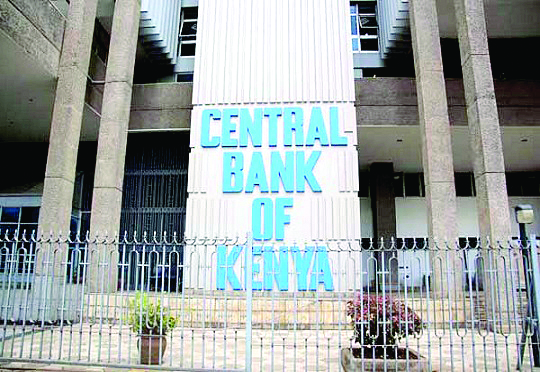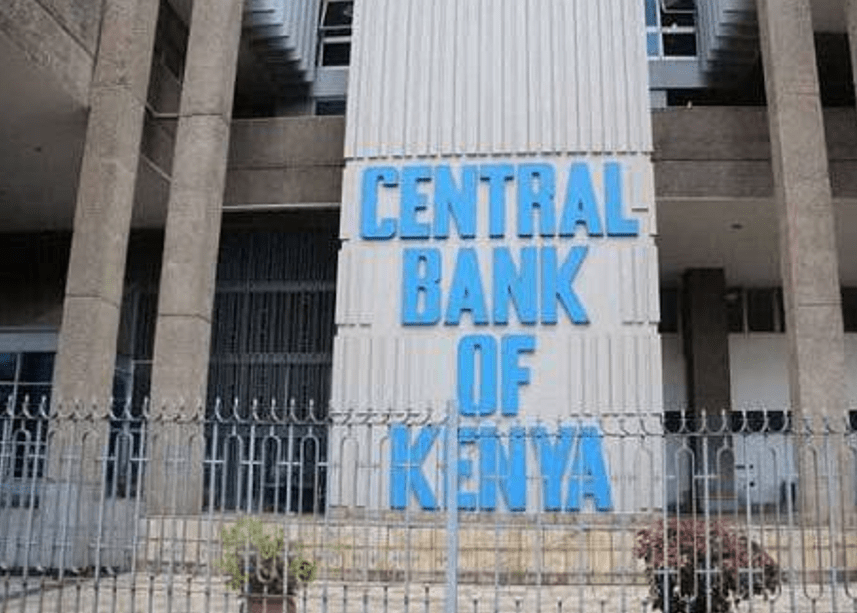CBK lifts 10-year ban on licensing of new banks

Central Bank of Kenya (CBK) has announced plans to lift a 10-year moratorium on licensing new commercial banks, citing an improved legal and regulatory environment.
The apex bank said the moratorium, which started on November 17, 2015, after a wave of problems hit the banking sector will be lifted with effect from July 1, 2025.
It said the move will not only allow interested local and international investors to enter the banking market once again but also ensure that they are financially stable.
“The moratorium was imposed against a backdrop of governance, risk management, and operational challenges in the banking sector. It was intended to provide space for the strengthening of the Kenyan banking sector,” CBK said in a statement.
At the time, several small banks collapsed, causing panic and raising concerns about the stability of the industry. Since then, the banking sector regulator says the sector has made major improvements, including stronger regulations and better oversight.
It now believes the industry is in a better place to handle new players. However, any new bank wanting to enter the market must meet tougher requirements.
“Following the lifting of the moratorium, new entrants to the Kenyan banking sector will be required to demonstrate that they can meet the enhanced minimum capital requirements of Sh10 billion,” CBK said.
This change is meant to ensure that new banks are financially strong enough to support big projects and handle future economic challenges.
Currently, there are 46 licensed banks in Kenya. Of these, 39 are commercial banks. Out of the 39, 24 are privately owned local banks, while 15 are foreign-owned.
Although no new commercial banks have been licensed since 2015, the sector has still seen growth through mergers, acquisitions, and the entrance of new investors into existing banks.
The decision to reopen licensing comes as CBK is closely monitoring 24 banks that were told to write a plan on how they will increase their capital to meet the new Sh10 billion requirement.
By the end of this year, they must have raised at least Sh3 billion. CBK Governor Kamau Thugge recently revealed that 22 of those banks have already submitted their plans, while two, both subsidiaries of foreign banks, have asked for more time.
“So far, 22 banks have submitted their plans, the other two have requested for more time, they are actually subsidiaries of foreign banks, they should be able to get the necessary capital,” he disclosed during the post-MPC meeting.
Raise core capital
The requirement to raise core capital by 2029 was set by a law passed by Parliament in December last year.
The capital threshold was increased from Sh1 billion, a figure introduced in 2018, as part of efforts to strengthen Kenya’s financial system and protect it from future shocks.
This capital boost is not just about stability—it’s also about helping Kenyan banks reach regional standards and fund larger projects.
With more capital, banks will have more liquidity, which makes it easier for them to lend money to businesses and individuals, especially in the private sector where access to finance has often been a challenge.
According to the Kenya Bankers Association (KBA), a larger capital base helps banks operate more efficiently. It could also lead to lower lending rates in the long term since bigger banks can spread their costs more effectively.
Still, there are concerns about the immediate effects of the capital increase. If done too quickly, it could cause a cash crunch as banks are forced to hold more money and raise interest rates. This could make borrowing harder and slow down economic growth.
The International Monetary Fund (IMF) also weighed in on the matter. IMF economist Jeanne Gobat noted that banks may respond to higher capital requirements by reducing the amount of money they lend out.
Instead, they might hold more reserves or invest in safe, liquid assets.
Higher capital helps protect banks from risks such as bad loans, or what are known as non-performing loans (NPLs).
These are loans that borrowers are not paying back. According to CBK, the NPL rate stood at 17.2 per cent in April, up from 16.5 per cent the previous month.
However, Governor Thugge said the situation may improve soon as the government plans to settle pending payments owed to road contractors.
The banking industry remains one of the most profitable and important sectors of Kenya’s economy.
Despite the tough conditions, banks showed resilience in 2023.















